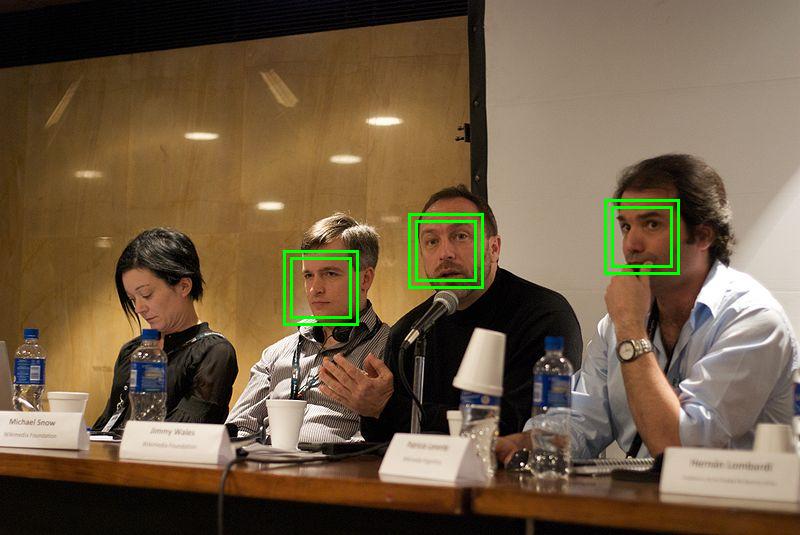AI Sauna/Governance of a collaborative visual name authority
Governance of a collaborative visual name authority[edit]
Description[edit]
To apply facial recognition technology to enhance descriptive metadata of heritage photo and video collections, a qualitative reference set of the people to be recognised are key. That's why meemoo wants to make a shared/collaborative visual list of personal names of public figures in Flanders (Belgium). It will consist of:
- an overarching list of relevant person names that are uniquely and unambiguously identified and linked to existing authorities;
- the creation of a shared reference set of portrait photos of relevant individuals for facial recognition.
This undertaking asks for a good governance on community, data and infrastructure levels. E.g.: who can see/edit/use the data? Which images can go into this visual name authority? Where will the data be stored?
The team[edit]
What were the roles of each?
Created by: Bart (Beireke1)
Team members:: Alicja Peszkowska, Open Future
Results[edit]
Our method[edit]
Pen on paper, research, discussion.
Our goal was to design a workflow/process that can help us to define a good governance model for this project.
Resources we used[edit]
We used Bart's project assumptions, the Commons-based data set governance for AI research paper by Open Future, and our expertise in tech project management and community building to establish a process for defining the best governance model.
Conclusion[edit]
It seems to be clear that the decision-makers representing the 24 entities already participating in the project would have to have clarity about the expected min. engagement and decisions to be made over a) the project's definition and implementation phase and b) ongoing and future maintenance once phase I is completed. Based on that they would be able to delegate representatives to represent them during the first phase of the project. Clear communication touch-point with the decision-makers should be established at this point of the process (for when they, e.g., need to sign the documents).
We have also identified three workshops areas (with detailed questions to be covered), where governance-related decisions would be made for the project: data, infrastructure, and community. We found out that each would lead to needs and roles that have to be taken up by somebody (either an institution's or an organizer's resource/representative or, potentially, an external specialist) to fulfill those needs.
The idea is to divide the 24 project partners into three smaller groups to work in-depth on each of these three topics in dedicated workshops. After the first round, the two other groups can provide feedback and add additional ideas/perspectives. At the end of each workshop, the project partners should be able to answer the questions that should be answered to move forward with building a prototype of this visual name authority. The workshops would be crucial in establishing the rules for collaboration as well as finalizing the specification of the tool. After each workshop, specifications would be added to the initial roadmap, and the decision-makers would sign off on the newest version so that everything could move forward. The end of each workshop would, therefore, provide a check-in and review point for the community.
The process needs to be organic and community-based but, at the same time, requires clear ownership and leadership.
What next[edit]
We do! Bart is going to take it up with his organization and Alicja will discuss it with other specialists (researchers at her organization and leaders of similar projects). We will keep each other posted.
Links, images, documentation[edit]
More context about the project: https://meemoo.be/en/projects/visual-name-authority-a-collaborative-approach-to-person-identification-management
Upload at least one image to Wikimedia Commons for the image of the page banner.

